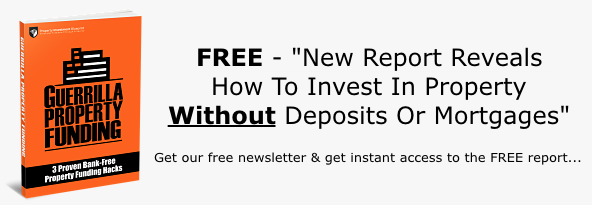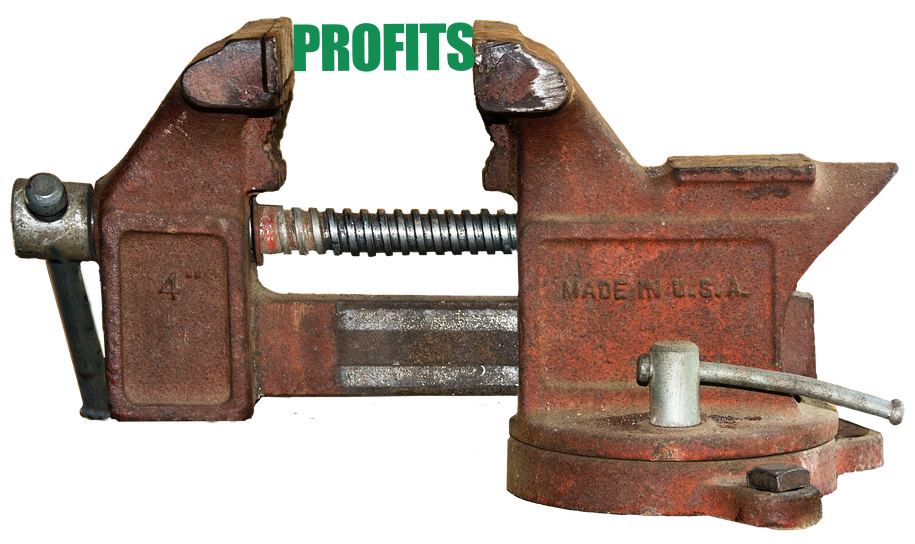
Section 24 Tax Relief Changes for Property Investors and What To Do About It
With the advent of Section 24, 2017 marks a new era for residential buy-to-let landlords. Following years of accelerated growth, the private rental sector (PRS) is experiencing a few unwelcome changes. All landlords, new and experienced, are having to adjust to a different, less appealing, climate.
Experts believe the PRS is no longer viable for many landlords, but whilst it is harder to make money in residential buy-to-let, with the right approach, the sector can still be very profitable for property investors.

The Osborne Tax
Former Chancellor, George Osborne, introduced several changes to the UK tax system while he was at the helm of the Treasury. None was more unpopular than the so-called Landlord Tax.
Prior to April 2017, landlords could claim tax relief on their finance costs. Many landlords use mortgages to buy properties, in a process known as “gearing”. The equity from one property is leveraged to fund the deposit for another purchase, and so on.
Unfortunately, the loss of mortgage interest tax relief blows a giant hole in the strategy and from 2020, landlords will no longer be able to deduct mortgage interest from rental income when they calculate any tax due. In effect, this means landlords are paying tax on turnover rather than profit.
Section 24 Tax Credits
The other problem is that although a tax credit is being introduced to offset the extra cost, it is restricted to the basic tax rate of 20%. Landlords in a higher tax bracket will pay substantially more tax on their rental income, which is great for the Treasury and not so great for the landlord.
Landlords who own their properties outright will not be affected by the loss of mortgage interest tax relief, but higher and additional rate landlords who are heavily mortgaged could see a previously profitable buy-to-let portfolio plunged into a loss-making black hole. The National Landlords Association (NLA) estimated that the loss of tax relief will push 440,000 basic rate tax payers into a higher tax bracket.
The tax changes affect all finance costs, not just mortgage interest. So, if you have taken out a loan to renovate a residential property or you are paying interest on an overdraft, you can’t claim tax relief on interest paid. Fees and other incidental costs, such as mortgage arrangement fees, are also affected.
The good news is that it is not all doom and gloom. Although traditional buy-to-let funded by mortgage finance is now less viable, landlords do have other options, so let’s explore how else you can make a profit via property investment.
Landlord Limited Companies

When news broke of the Osborne Tax, one of the most obvious solutions seemed to be buying rental property via a limited company. Profits on property owned by a UK limited company is subject to Corporation Tax at 19% rather than income tax. However, there are a couple of downsides.
Firstly, landlords with property portfolios are owned by a company will have to pay Capital Gains Tax when they sell the properties. This is currently 28% and would wipe out most, if not all, profits they make. The other issue is with existing properties subject to loans. In some cases, it might not be possible to transfer residential property loans into the company. There is also a danger that transferring properties to a company triggers an immediate capital gains charge.
How to Beat Section 24
The most obvious way to beat the Osborne Tax is to get rid of your mortgages. It is already too late to beat the additional 3% Stamp Duty tax on subsequent properties, as this came into effect in April 2016, but selling your most heavily mortgaged properties and minimising your debt will soften the blow of the Osborne Tax.
Another strategy that is becoming increasingly popular is to take a sideways move into the commercial property sector. Commercial property investment has tripled in the last twelve months as landlords wake up to the benefits. Rental yields are typically much higher on commercial properties such as retail units, office blocks, and warehouses. Tenants typically sign up for longer leases and there are fewer costs.
Investing in HMOs and student accommodation can also offer higher yields in some areas, which could offset the extra costs associated with the Osborne Tax. However, HMOs are more regulated and can be harder to manage, particularly if you target social tenants, so bear this in mind.
A third option worth considering is furnished holiday lets, as these are exempt from the tax on mortgage interest relief. You can claim full capital allowances on furnished holiday lets, which residential landlords cannot do. Holiday lets also enjoy a Capital Gains Tax of just 10%, as they are classed as a business asset.
Section 24 is just another example of the Chancellor continually moving the goal posts for buy-to-let landlords, so what works now might not be effective in the future. Always seek professional advice before you make any changes to your business structure and, where possible, minimise your costs and maximise your income.
 |
MBA graduate, Elena, is a keen property investor with an eye for a bargain. She owns a diverse property portfolio in the UK and abroad. She particularly loves Malta and has recently expanded her portfolio to include several luxury properties from Malta Sothebysrealty. |
<< Back to Property Investment Blueprint from Section 24 Tax Relief
<< Back to Guest Posts from How to Beat Section 24



